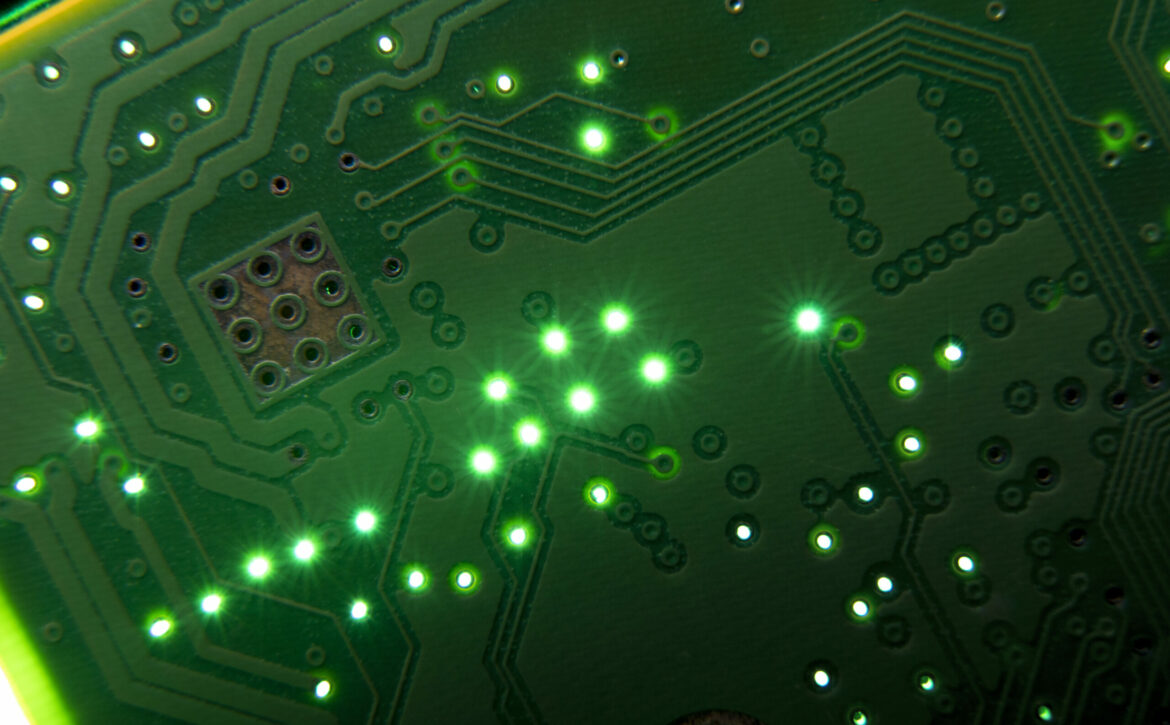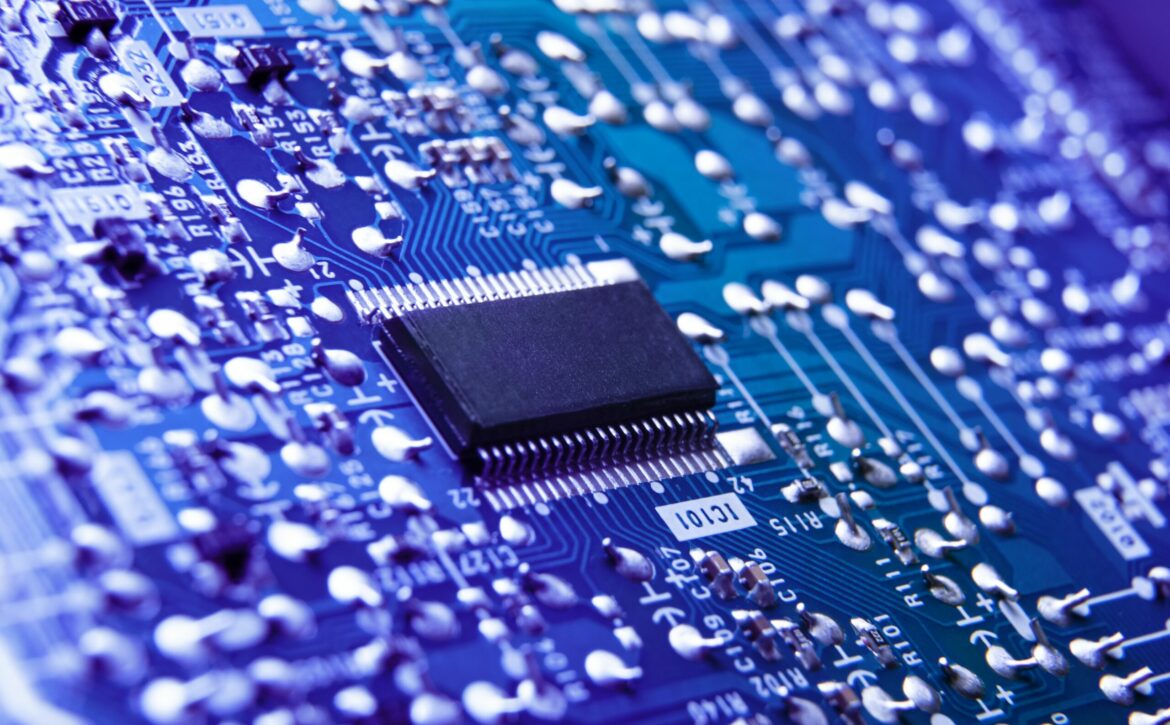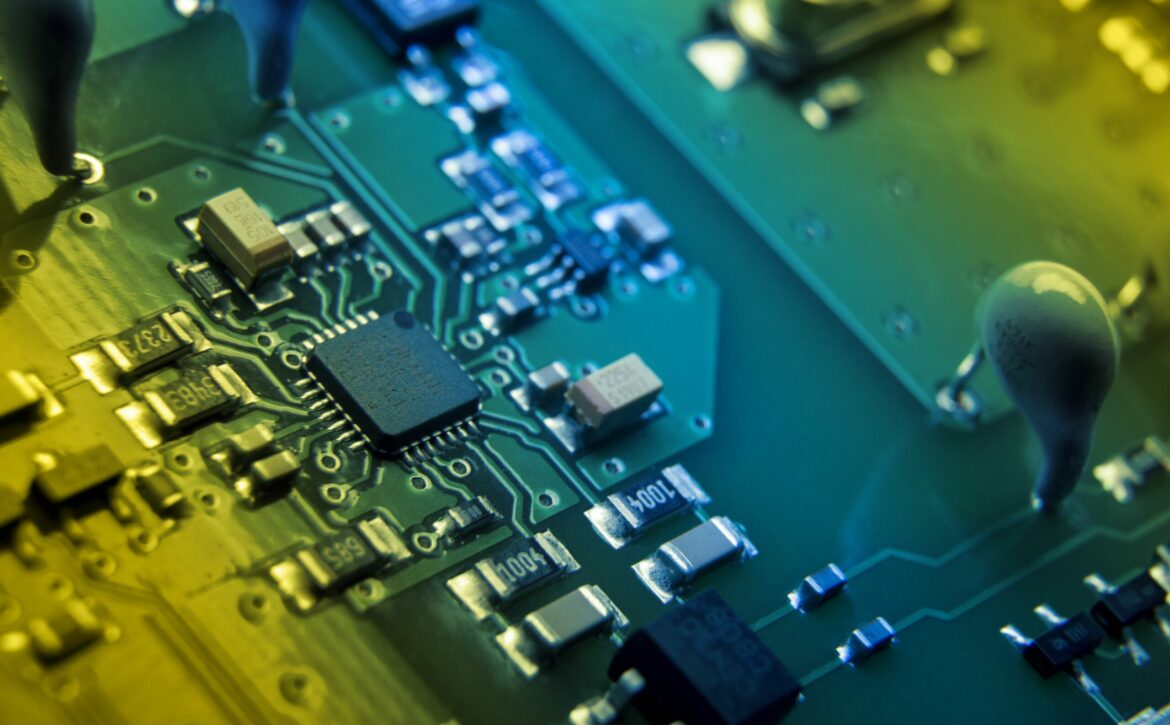Why to choose Taiwanese vendors over China’s?
Taiwan Electronics Manufactures Somehow Still Stay on Top
Taiwan is known, for exporting all sorts of electronics. Notebooks, but also lots of components such as power supplies, wireless modules, camera modules, lenses, IP cameras, etc.
It is home to TSMC, the world’s largest, and most advanced independent IC maker.
Certainly, over the past 20 years, a lot of manufacturing has moved to China, to the point that now some 80% of the world’s electronic products are made there. But Taiwan’s ODM’s were among the first to move factories to China, and most of the world’s top OEM’s (contract manufacturers for electronic products) are still Taiwanese.
Taiwan Leads The World in ODM: Design & Manufacturing
It gets even more impressive is when you look at the top 10 ODM’s (companies which both design AND manufacture electronics for their brand name clients). You will find ONLY Taiwanese companies (source).
The conclusion is pretty stark: The world’s largest brands pick Taiwan 10 times out of 10 when they need a company to trust doing electronic design for them.
Trust Is Key In Selecting An ODM Partner
The development of a new product can take more than a year of effort and a lot of budgets. So as a client, you invest a lot in the relationship, in development fees, time, and IP. However, the tricky thing is that at the start of a design project, it is difficult to fix the final cost of the unit because the exact components and the design of the product are not done yet.
Having invested that much in the venture, a client becomes vulnerable, because moving a complex product to a different manufacturing partner with a different set of component suppliers will again take a lot of time and money, while the market window for consumer electronic products can close after just 6 months.
So to ask another company to do both your design and manufacturing you need a lot of trusts. See China ODM Factory Electronic Design: 7 Pitfalls To Avoid.
A good partner does not abuse the trust placed in them. Seeing that the Taiwanese firms have been able to retain their clients for so long is a big vote of confidence. Taiwanese ODM Electronics firms have a good 40 years of experience maintaining great relations with Western brands and are very close to China and its unparalleled electronics supply chain.
The Role Of Government in Business
There is a substantial difference in the role of government in Chinese businesses compared to Western countries. China has a planned economy closely tied to government. In China, more than 76% of assets are owned by the government, with people owning less than a quarter; while in the United States, assets are owned privately. This means that to do business in China, a company will most likely have to negotiate with the state. The bureaucracy involved in negotiating with the state can slow down the pace of business ventures.
The United States has accused China of stealing the intellectual property of American firms, theft that is estimated at US$600 billion annually. As a precondition for doing business in China, American and other firms may be subjected to the forced transfer of their technology. In addition, regulations can require foreign investors to partner and set up a joint venture with a Chinese firm before they can do business in China.
There has been controversy surrounding many of the Chinese technology companies and their exponential growth. The simple reason being China is not a democracy.
Protecting your Intellectual Property
Protection of Intellectual Property Rights (IPR) in China however is a big concern for many Western companies, and rightly so. Just under one-third of CFOs of North America-based companies on the CNBC Global CFO Council say Chinese firms have stolen from them at some point during the past decade.
Taiwan established an Intellectual Property Court in 2008; China has yet to address IP security concerns. This is once again demonstrated that Taiwan has a significant advantage over China in regard to IP.
Patent Protection in China
Even after China joined the WTO in 2001, patents are still of very little use because there continues to be lack of effective enforcement. Should a company, after years of litigation, win a lawsuit in China, it by no means guarantees that the offending factory will be closed down. And if the factory does get closed down, they very likely will take their machines down the road and start up again at a new location. Of course, it does not help that damage awards in China are usually so meager that they do not justify the costs of litigation. And to make matters worse, local courts are often biased as many Western companies have come to realize.
Global Economic Effects of COVID-19
Taiwan has managed the spread of COVID-19 far better than most. Despite economic shrinkage, the impact of COVID-19 on Taiwan’s economy is restrained compared to other countries. Singapore (-2.2%), European Union (-2.7%), USA (-4.8%), China (-6.8%) and Hong Kong (-8.9%) have reported a more significant drop in the first quarter of 2020. Taiwan’s success in controlling the spread of COVID-19 has minimized the impact of COVID-19 on its economy.
On the other hand, China’s factory activities continue to shrank as the country’s worst COVID-19 outbreak in two years brought sporadic lockdowns and factory closures. In result of China’s manufacturing activity fell to a five-month low after most of Shanghai and two other industrial centers were shut down to fight coronavirus outbreaks.
Ease of Doing Business When Manufacturing In Taiwan Over Mainland China
Taiwan ranks higher than mainland China on every single metric related to trading across borders in the World Bank’s Doing Business report:
Not only does Taiwan rank better than mainland China, but Taiwan is also a leader in East Asia in this regard: only Singapore and Hong Kong rank higher overall than Taiwan on ease of doing business in East Asia. Other metrics considered in the overall rank include important considerations for manufacturers like paying taxes, obtaining credit, enforcing contracts and getting electricity.
Meanwhile, mainland China ranks 10th overall in East Asia for ease of doing business and is also eclipsed by common manufacturing destinations like Malaysia, Thailand, Vietnam and Indonesia (ranked 4th, 5th, 8th and 9th, respectively). While mainland China often scores higher than developing countries like India and Bangladesh on these metrics, Taiwan’s wide lead still represents a major advantage.
So while you might find cheaper prices in mainland China, you might find manufacturing in Taiwan is better for your peace of mind, lead times and trade-related overhead costs.
Conclusion
To conclude that while 80% of the world’s electronics are made in China, the whole top 10 of the world’s ODM’s are Taiwanese owned. And for good reason: Taiwan ODM’s are known for good quality, reliable production lead-times, fair prices, and above all good business practices.




